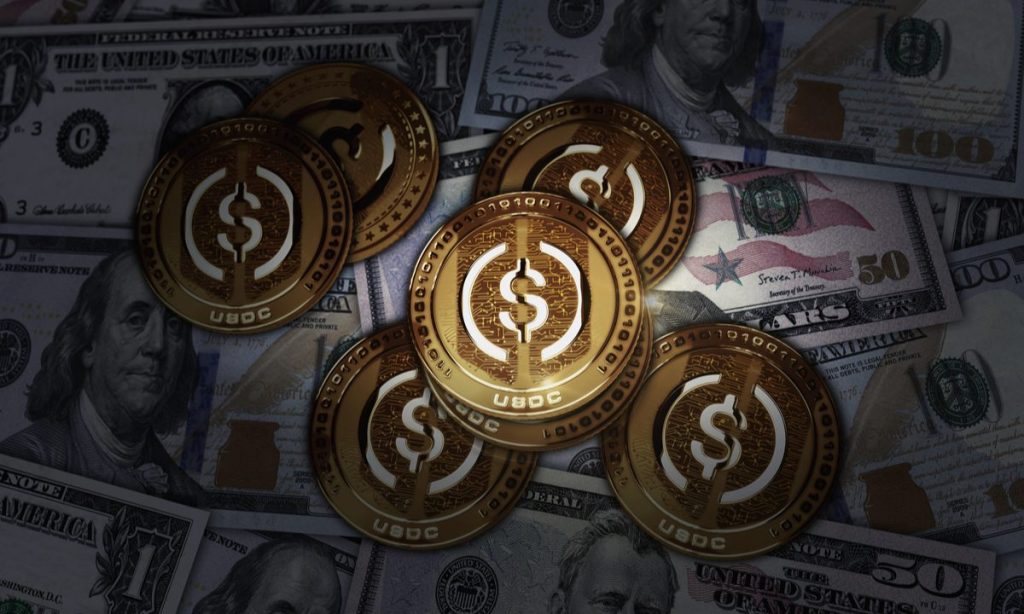Stablecoins have emerged as one of crypto’s most notable success stories, following numerous industry setbacks. These digital tokens, which are pegged to stable assets, have achieved significant growth, now totaling approximately $234 billion in circulation.
The leading ten stablecoins account for over 90% of the total supply, all of which are U.S. dollar-pegged. However, the absence of a regulatory framework in the U.S. creates uncertainty in the sector.
In response to this void, lawmakers are advocating for a regulatory structure, particularly as the current administration appears more crypto-friendly. The recently proposed STABLE Act has faced considerable pushback as Congress debates a suitable framework for stablecoins.
State Regulators Oppose Federal Overreach
The CSBS has raised serious concerns regarding the STABLE Act’s concentration of authority, claiming it threatens progress made by states in regulating digital assets. Various states are successfully managing over $50 billion in stablecoin transactions.
The STABLE Act aims to override state authority on certain activities related to payment stablecoins. The CSBS asserts that this could disrupt existing state structures and ripple out operational risks that surpass the financial stability of payment stablecoin issuers.
The Future Landscape for Stablecoins in the U.S.
The CSBS believes the STABLE Act as it currently stands is a missed chance to create an effective regulatory framework for stablecoins. While a national framework is essential for consistency and consumer safety, the CSBS warns against centralizing control within a single federal agency.
Given the importance of a federal framework for stablecoins to boost industry confidence, advocates note that the current legislative environment, marked by the favorable stance of the Trump administration towards crypto, could pave the way for significant regulatory developments in the near future.



